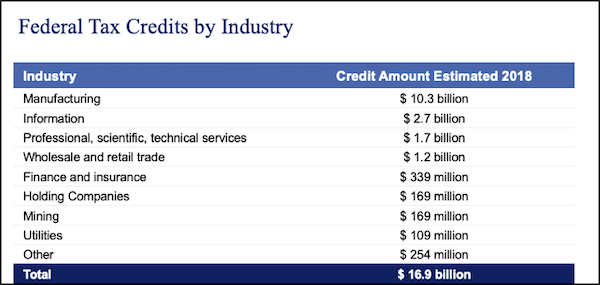Distributors can qualify for R&D tax credits – here are one treasurer’s insights
By Kim Phelan, Editor of Industrial Supply Magazine
A few years ago, Vicki Hafele, treasurer at Duncan-Parnell Inc., began learning about R&D tax credits and discovered her company, a Trimble distributor, was making business improvements that qualified. With a background in public accounting, she “gets” tax forms and works with the company’s tax professional to incorporate R&D tax credits on its tax returns annually when qualifying improvements and activities are applicable.
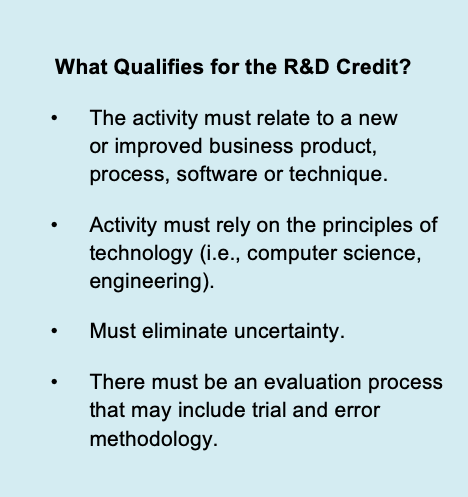
Industrial Supply’s editor, Kim Phelan, sat down with Hafele at an Epicor user conference in May 2023 to go a little deeper about what distributors should know about R&D tax credits – and why it’s worth looking into.
Are R&D tax credits the best-kept secret in distribution?
Hafele: It's the type of tax credit that a lot of people who are CFOs and similar roles don't necessarily know a lot about. Maybe you read about it in the newspaper that Congress has extended it, for example, but you don't really dig into it.
But a CPA firm had a webinar on it one time, and I thought, I'm going to just see what that's all about. And I came out of that thing thinking, Oh, my gosh, we could qualify for that.
A lot of what we were doing really applies. I think the target for it is manufacturers, but if you look at the list of companies that take advantage of it, it's an unbelievable number of industry groups, of which wholesale and retail trade is one.
What should distributors be aware of?
Hafele: The thing that really works for distributors is that you can modify a process, you can automate a process, and you will qualify. Now, every situation is different. And you almost have to go through the rules every time and check, does this qualify? And there has to be something new.
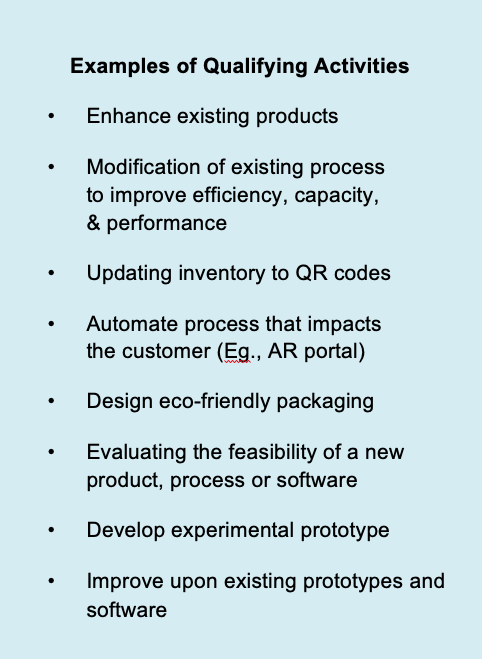 You also have to apply some type of scientific approach. But the fact that you use a computer qualifies. So that gets you in because if we're doing anything, we're using a computer. Today, automation in the back office, accounting, finance – it's one of the big trends, and it can be applicable.
You also have to apply some type of scientific approach. But the fact that you use a computer qualifies. So that gets you in because if we're doing anything, we're using a computer. Today, automation in the back office, accounting, finance – it's one of the big trends, and it can be applicable.
Now, if you just take a solution out of the box, you plug it in, you use it the way it is, that's not R&D. But if you take it, and you modify it, and as a result of this process, you provide significant improvement to your customers and make a process more efficient, then it starts to begin to be in the area where it's going to qualify.
Is it bad if your improvements fail?
Hafele: If you have things that don't work, that's almost to your advantage, because if you ever get audited, one of the things you have to prove is that there was not absolute certainty that this was going to work, be successful, or give benefit. There has to be an element of uncertainty, so it's okay if you fail, and if you're modifying your idea, working with it, that's good.
Can you hire someone to do figure out if your company is doing something that applies, and handles the R&D documenting and reporting for you?
Hafele: Yes, there are professionals who do this – one of the very first things they do is talk to your people to find out what do they do every day; they get a sense of what your work is here, your operation, your procedures, because they're looking to see if any of that qualifies.
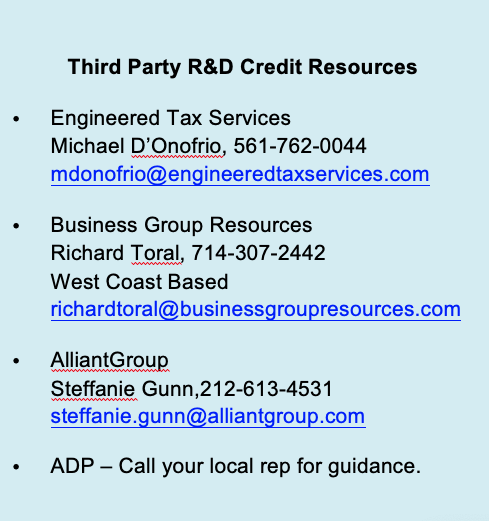 If you're going to use one of those third parties, I would definitely contact a couple of them. I spent a lot of time talking to one of them on the West Coast. Some are more aggressive than others so talk to a couple of people and find your comfort level. They also have different fee structures.
If you're going to use one of those third parties, I would definitely contact a couple of them. I spent a lot of time talking to one of them on the West Coast. Some are more aggressive than others so talk to a couple of people and find your comfort level. They also have different fee structures.
It's a turnkey deal. What they do is they go in, and they amend like two or three years of tax returns. They'll go back, three years and you'll get a lot of money right then and there because that's what they do. And they don't even have to work with your current CPA because they're amending your old tax returns.
My CFO and I were going to use a third party because they've seen it applied so many times and they think about things you don't think about. We talked to as many people as we could and started to get a sense of it. But you would have to do a lot of research. The advantage of using them would be that they can think of ways to do it that you probably wouldn't be thinking of. Since we both come from a background of public accounting and have prepared tax returns, we're very comfortable with it. If you're very comfortable with that, then you can go ahead and do it yourself and save some money – a third party service would be taking a quarter or a third of the value of the R&D credit.
One option is you can let them do it for one or two years, and then you can take it over.
What’s an example of an improvement you did that qualified?
Hafele: We did an accounts receivable automation, where we set up a portal for our customers so they could go in and run their own invoices, get copies, and they could make payments and these sorts of things. And it was all automated, so we didn't have to can't contact people anymore – the system automatically sends emails.
It was providing a customer benefit that hadn't existed before. That’s important. To take advantage of R&D tax credits, you really have to do something new – a true innovation.
You could apply this to a lot of things, like accounts payable. If you can possibly get a benefit to your customers, it's gold.
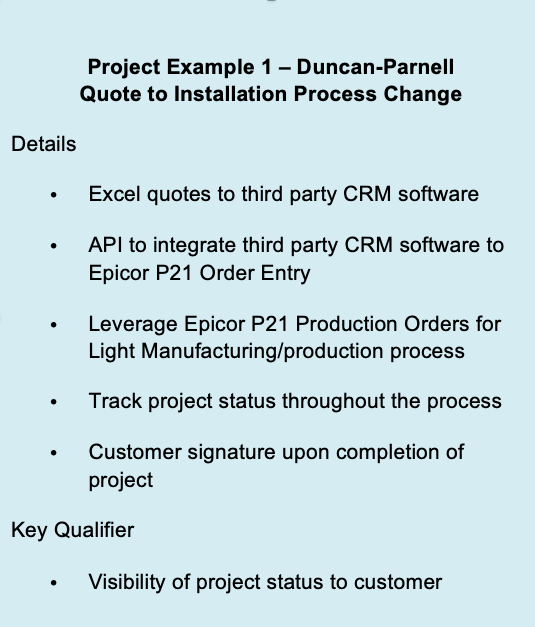 |
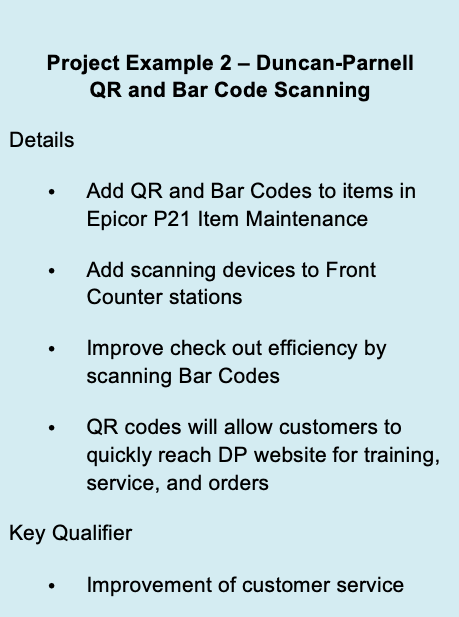 |
